Search Images
Browse Content (p. 286)
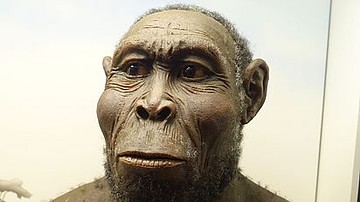
Image
Reconstruction of Homo Rudolfensis
Reconstruction of Homo rudolfensis, an early human species that lived in East Africa between c. 2.5 and 1.8 million years ago.
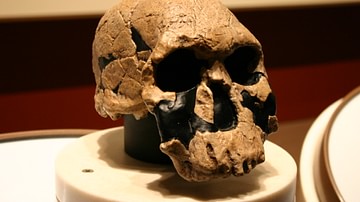
Image
Homo Rudolfensis Skull (KNM-ER 1470)
Cast of the skull (KNM-ER 1470) of Homo rudolfensis. The original specimen was found at Koobi Fora in Kenya by Bernard Ngeneo (a member of Richard Leakey's team) in 1972. The skull is c. 2 million years old. David H. Koch Hall of Human Origins...
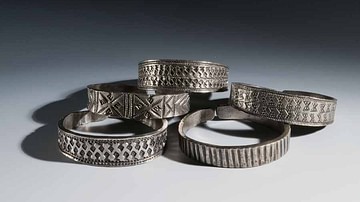
Image
Red Wharf Bay Hoard
The Red Wharf Bay hoard of silver 'broad-band' arm rings, c. 900-925.
Amgueddfa Cymru - National Museum Wales.
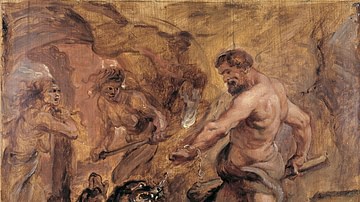
Image
Hercules and Cerberus
Hercules and Cerberus, oil on canvas by Peter Paul Rubens, 1636.
Museo del Prado, Madrid.
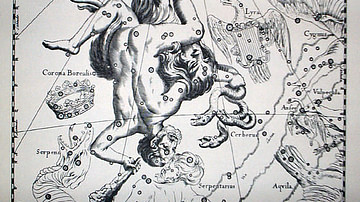
Image
Cerberus Constellation
An image representing the constellation of Hercules in the Firmamentum Sobiescianum, sive uranographia contained in the Prodromus Astronomiae.

Image
Athena, Hercules, and a Two-headed Cerberus
Athena, Hercules, and a two-headed Cerberus, with a mane down his necks and back. Hermes (not shown in the photograph) stands to the left of Athena. Attic black-figure amphora from Kameiros (Rhodes), c. 510 BCE.
Louvre, Paris.
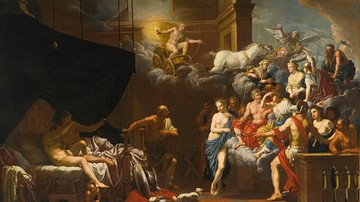
Image
Vulcan Surprising Venus and Mars in Bed
Vulcan surprising Venus and Mars in bed before an assembly of the gods, oil on canvas by Johann Heiss, 1679.

Image
The Birth of Minerva
The Birth of Minerva, oil on canvas by René-Antoine Houasse, 1688.
Palace of Versailles.

Image
Vulcan's Forge
Vulcan's Forge, oil on panel by Cornelis Schut, between 1617 and 1655.
Alte Pinakothek, Munich.
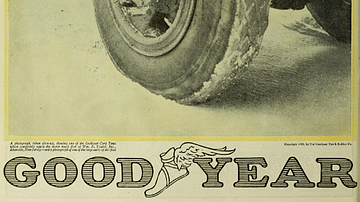
Image
Goodyear Vulcanised Rubber
An advertisement for Goodyear rubber tyres from 1920. Vulcanised rubber was invented by Charles Goodyear (1800-60) in the United States in 1839 and patented in 1844. Rubber had long been used for its flexibility and softness but Goodyear...